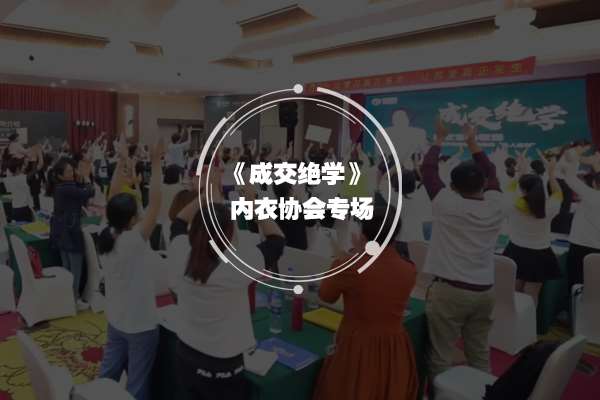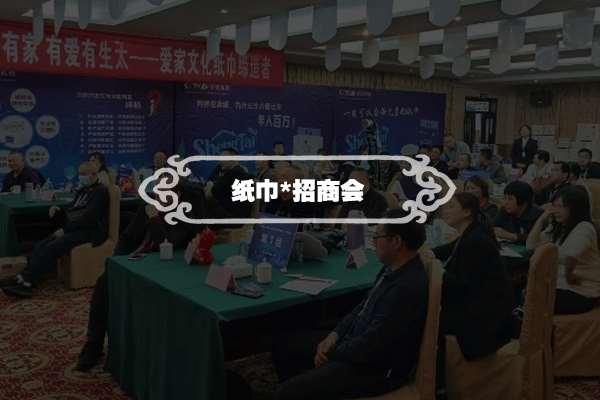In recent years, there has been a significant shift in the teaching model of elementary English education. Traditional teaching methods, such as rote memorization and grammar drills, are gradually being replaced by more student-centered and interactive approaches. This transformation in teaching mode aims to provide students with a more enjoyable and effective learning experience.
One noteworthy change is the increased emphasis on oral communication. In the past, students often focused on reading and writing, neglecting the importance of speaking and listening skills. However, it is widely recognized that oral communication is the most fundamental aspect of language acquisition. Hence, educators are incorporating more speaking activities into their lessons to create an immersive English-speaking environment. This can be done through role-play, group discussions, presentations, and language games. By engaging in these activities, students have ample opportunities to practice their spoken English in a relaxed and supportive atmosphere, gradually gaining confidence and fluency in the language.

Another significant shift in the teaching model is the integration of technology. Technology has revolutionized education, and its application in the English classroom has brought about tremendous benefits. Interactive whiteboards, educational apps, and online resources allow teachers to create dynamic and engaging lessons. For instance, multimedia materials, such as videos, songs, and animations, provide visual and auditory stimuli, making learning more interesting and memorable. Furthermore, using apps or online platforms can personalize instruction, as students can practice at their own pace and receive immediate feedback. This integration of technology not only enhances the students' learning experience but also prepares them for the digital age.
Moreover, the flipped classroom model is gaining popularity in the transformation of English teaching. Traditionally, teachers would introduce new concepts in the classroom, while students would complete exercises and assignments at home. However, in a flipped classroom, students are exposed to new content through online videos or readings before attending class. This allows them to familiarize themselves with the material independently, enabling more time in class for interactive discussions and hands-on activities. Students can engage in collaborative projects, solve problems together, and apply what they have learned in real-life situations. The flipped classroom model not only promotes active learning but also fosters critical thinking and problem-solving skills.

In conclusion, the shift in the teaching model of elementary English education is revolutionizing the way students learn. The focus on oral communication, integration of technology, and implementation of the flipped classroom model have all contributed to a more engaging and effective learning experience. By embracing these changes, educators can better equip students with the necessary skills to succeed in an increasingly globalized and technologically advanced world.








